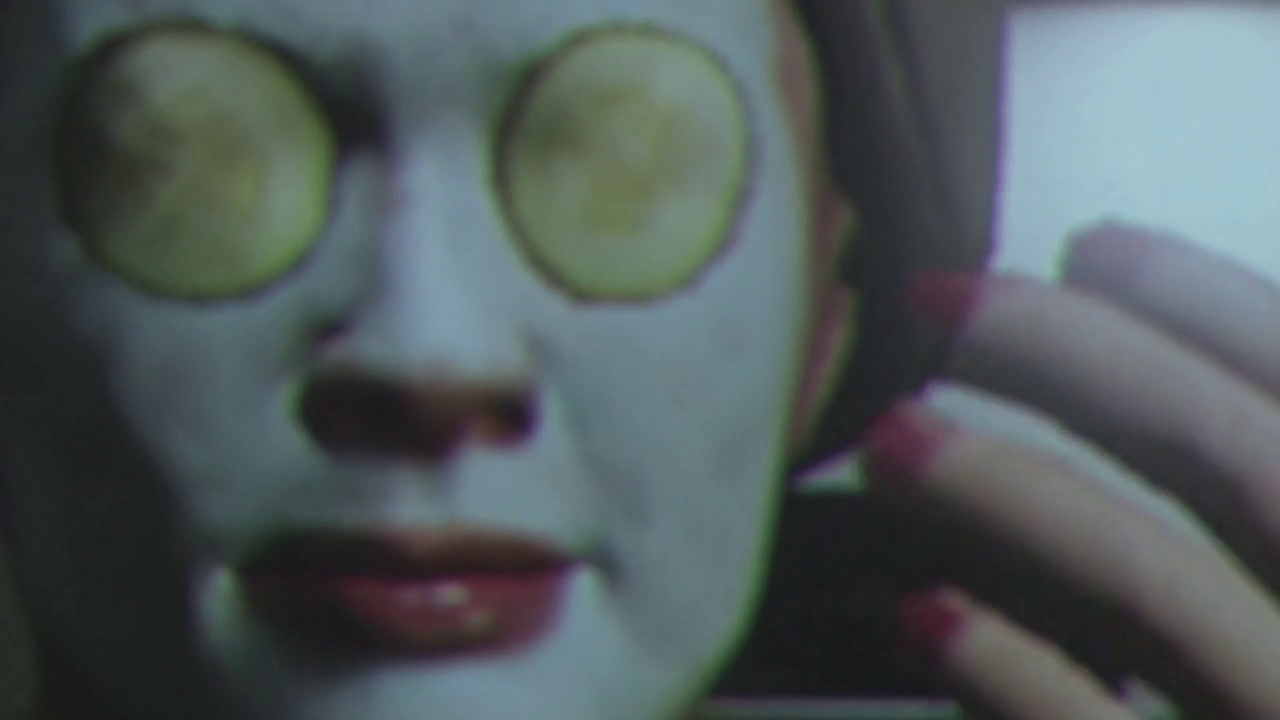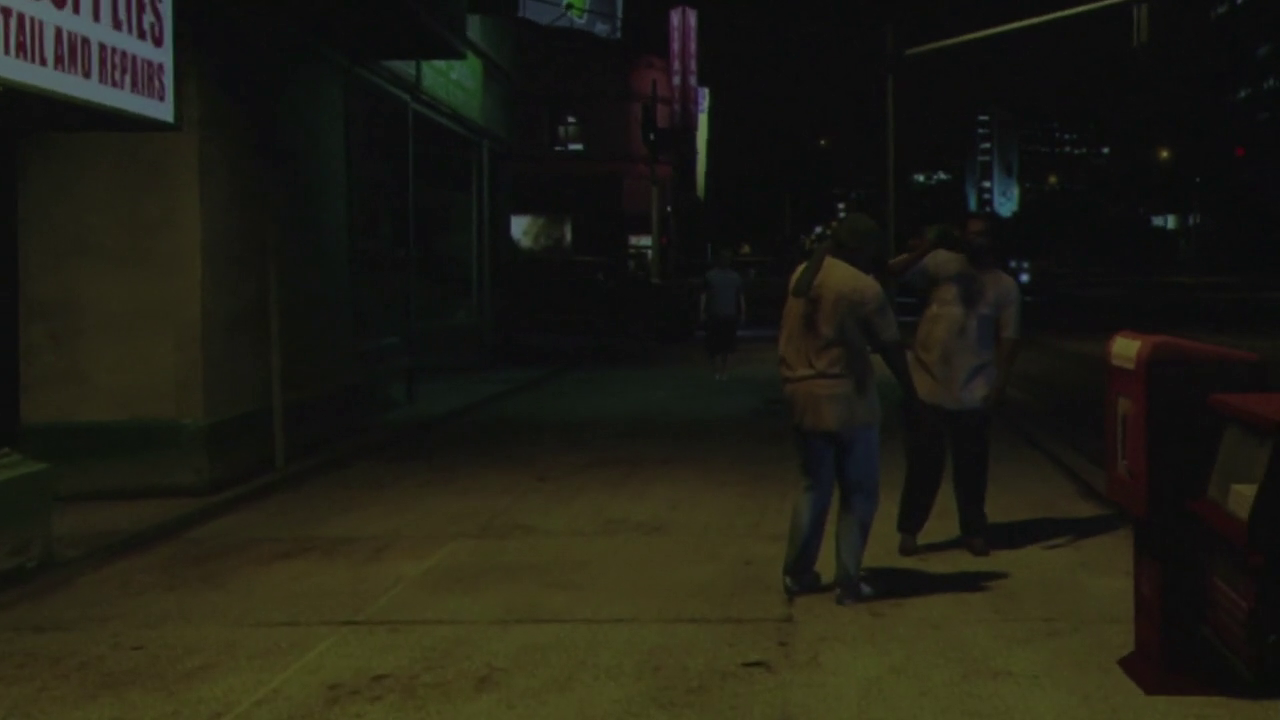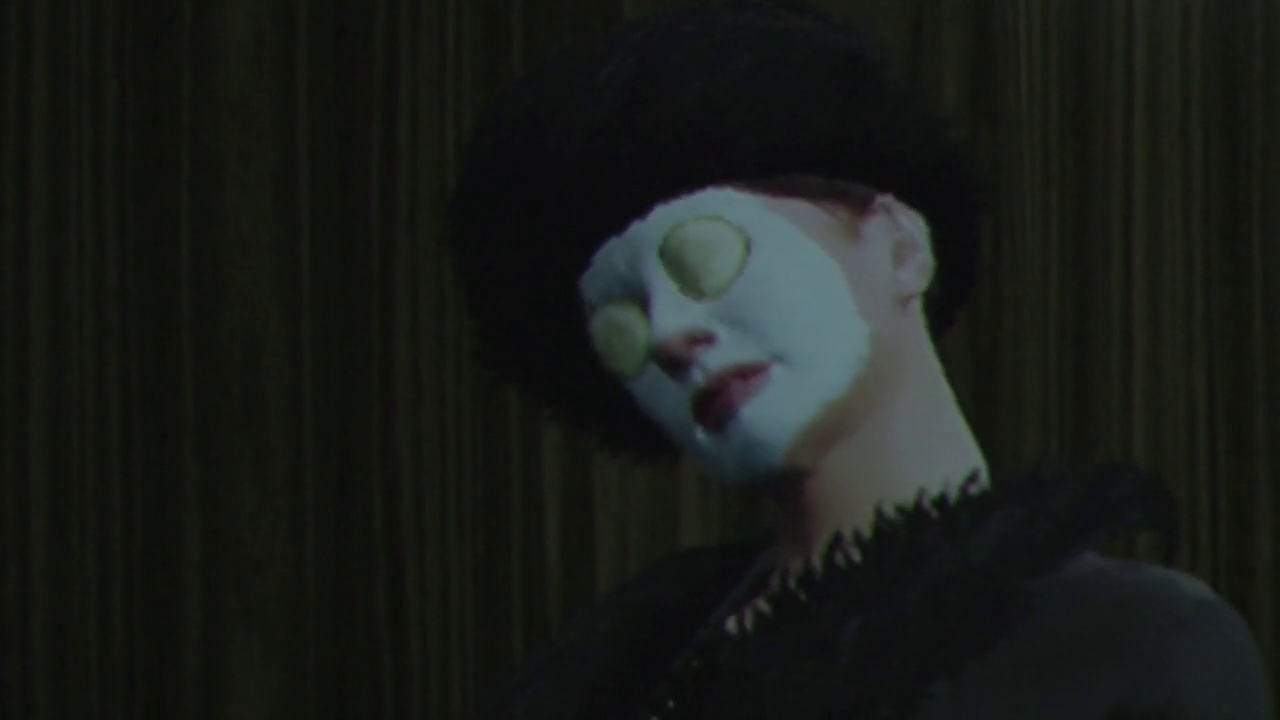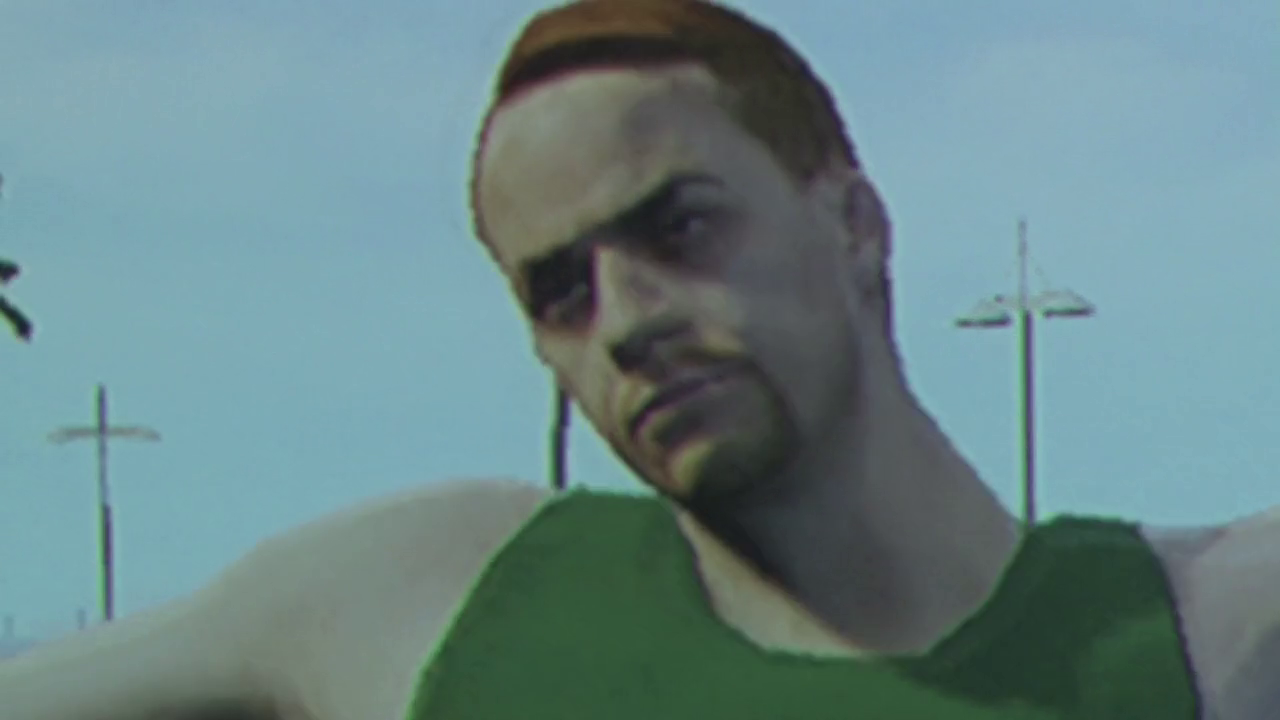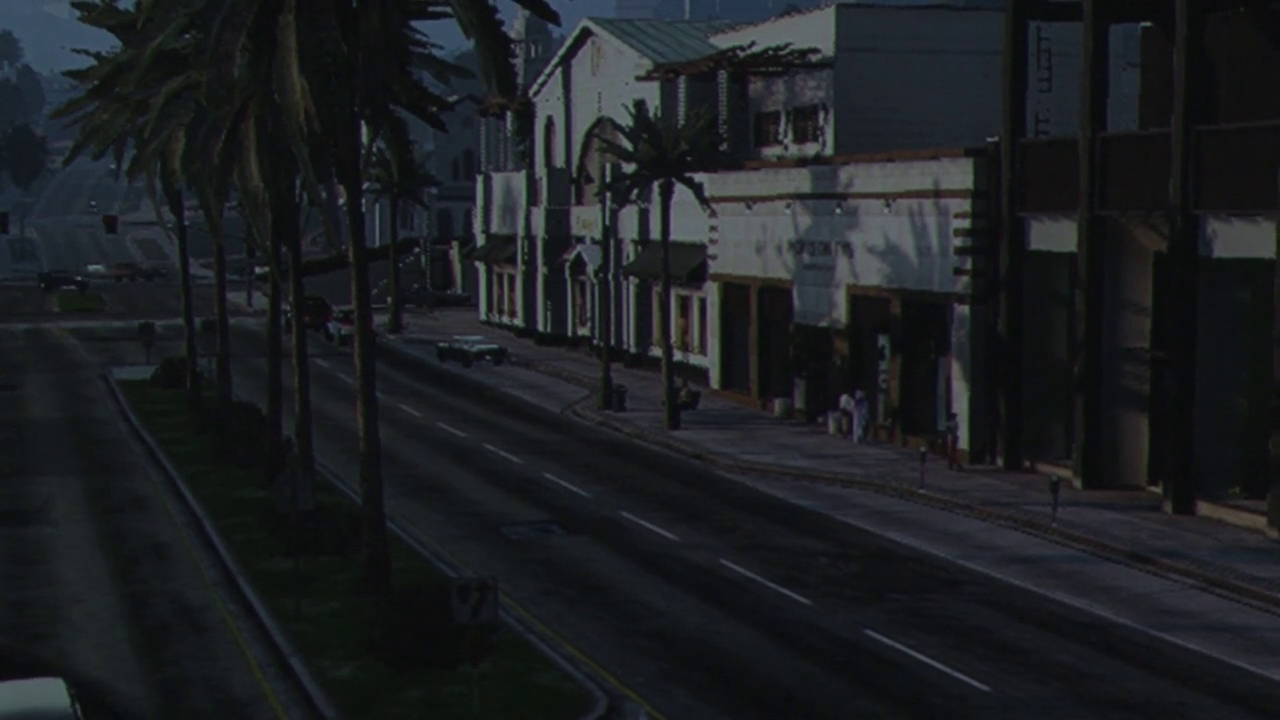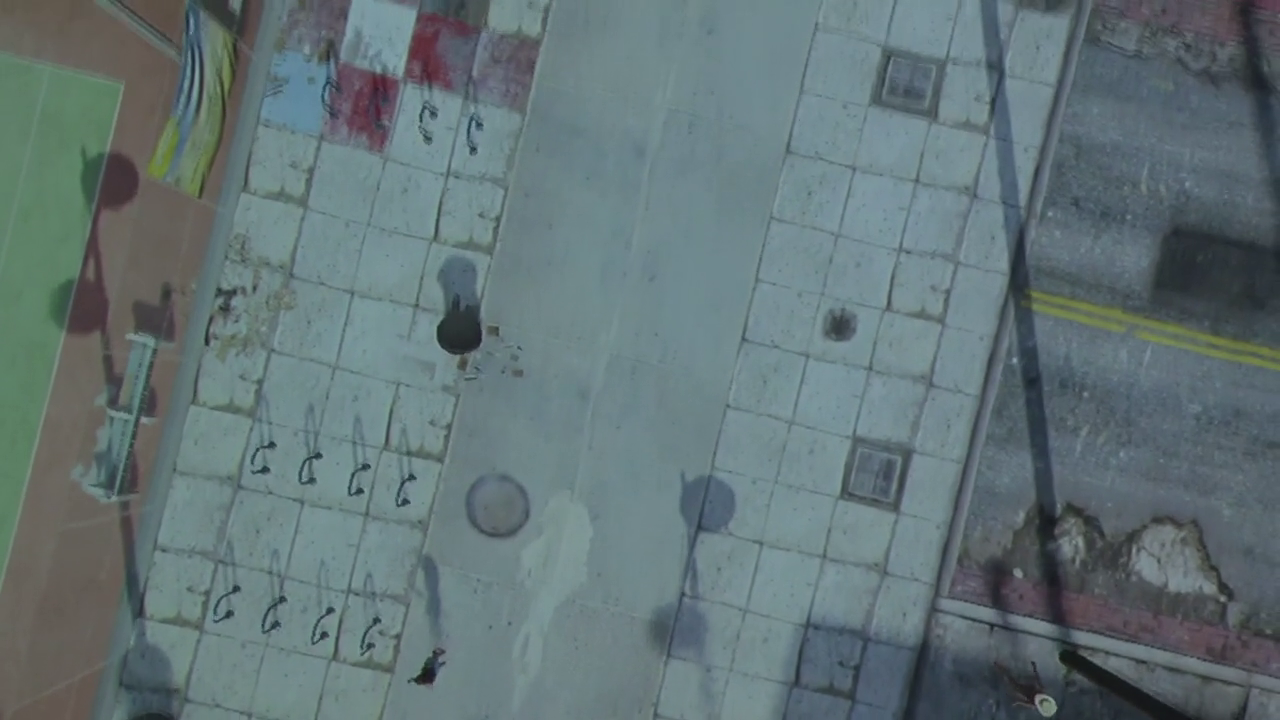MEMORIES OF THE SCREEN #3
FROM EXPANDED CINEMA TO MACHINIMA
Saturday February 3 2024, 09:30 - 13:30 FREE ENTRY
Accademia di Belle Arti, Brera
Sede di San Carpoforo, Via Formentini 12, Milan, Italy
Curated by Simonetta Fadda e Matteo Bittanti
Special Guest: GianFilippo Pedote: Artavazd Pelešjan and Godfrey Reggio’s special affinities
In the latest acclaimed lecture series organized by artist Dimitri Kozaris, Simonetta Fadda and Matteo Bittanti unravel the interwoven lineages from analog video art provocateurs to today’s game-based machinima practitioners. As digital media intensify our reliance on simulated realities, artists like the late Phil Solomon and Harun Farocki strategically repurposed gaming assets to unveil the affective and ideological functions of these persuasive worlds. Contemporary figures like Dutch filmmaker Bram Ruiter advance this tradition of appropriation-as-critique, harnessing the medium’s own tools to reveal otherwise hidden currents of awe and unease within emergent virtual topographies.
Yet as Bittanti’s historical contextualization underscores, contemporary artists build directly upon tactics predating the digital revolution — from the Situationists’ mischievous image hijacking to Peggy Ahwesh’s decontextualization of gaming imagery. While machinima constitutes a 21st century iteration, the deeper creative impulse persists: to remake perception by tearing open and radically recombining the fabric of the present.
This drive resonates with earlier aspirations like Gene Youngblood’s influential Expanded Cinema concept in the radical 1970s, which called for imploding and transcending the standard frame itself. From celluloid and analog signals to CGI, the desire endures to expose and transform the unseen dimensions, glitches, and bugs lurking within everyday media architectures. By spotlighting today’s vanguard remixers through their seminal precursors across eras, Fadda and Bittanti’s shared inquiry reveals the drive of the avant-garde tradition pulsating within creative digital disruptions past, present and future.





